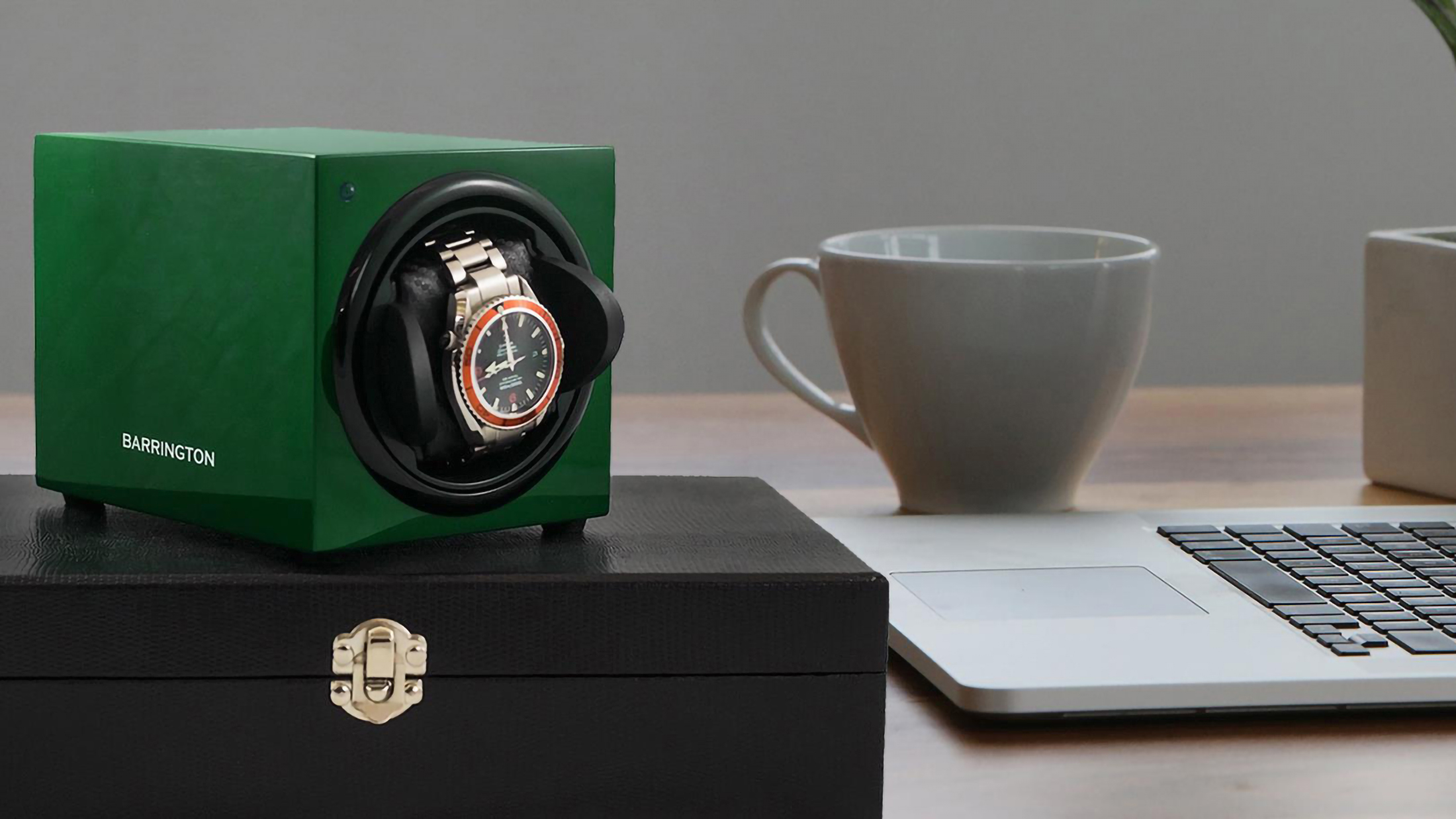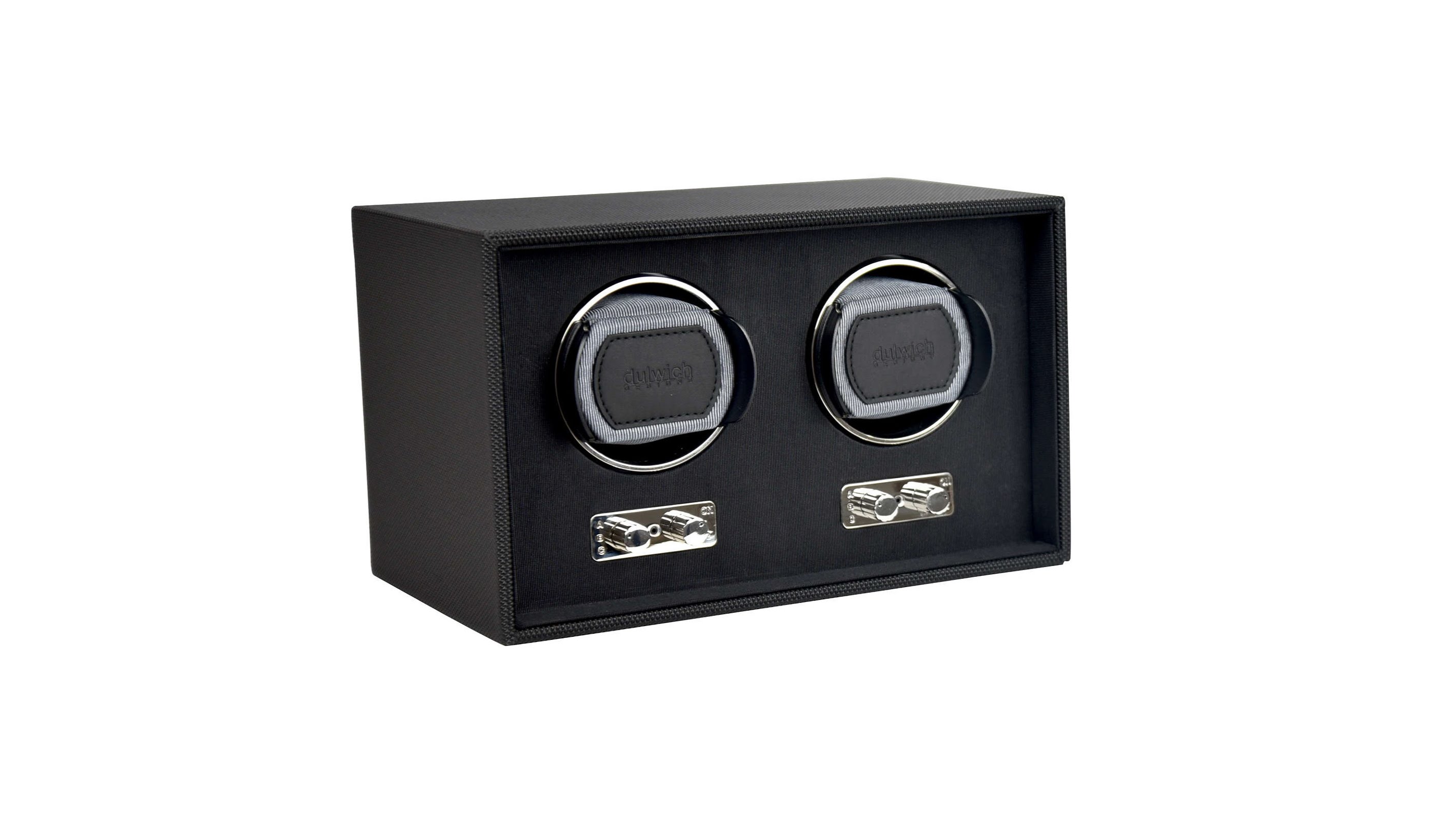

Okay, before we get onto watch winders and whether you need to buy one of the best watch winders, first we need to explain the different types of watches available. Please feel free to skip to the third paragraph if this is a little too basic for you. Generally speaking, there are three types of watches: Quartz watches that are powered by a battery, mechanical watches that require manual winding, and mechanical 'automatic' watches that are self-winding.
The latter is powered by a rotor that spins with the movement of your wrist, winding up the mainspring and storing energy that is then slowly deployed to power the watch’s movement. The self-winding movements of automatic watches tend to store enough energy to last for between two and four days if taken off and not worn or moved.
If you only have one or two watches that you switch between regularly, then they should have enough power reserve to keep accurate time between use. But, if you tend to switch between watches more slowly, then any automatic timepieces left alone for more than a few days will exhaust their power reserve and stop. They will then need to be set to the correct time and date when you want to wear them again.
What is a watch winder?
To prevent automatic watches from running out of power, you can use a watch winder. These vary in shape, design, material, size and price, but all essentially do the same thing. By rotating the watch periodically, they ensure the automatic movement is always topped-up with power and ready to use whenever you like.
Watch winders don’t constantly spin. Instead, they follow a pre-programmed routine of rotating one way for a few minutes, then pausing before rotating in the opposite direction. They do this in a bid to prevent causing uneven wear and potential damage to the watch’s delicate movement.
Some watch winders even let you manually set how many times they turn per day, and whether you want the rotation direction to alternate.
Most watch winders are powered from a wall socket, with some also including a backup battery to keep your watch wound if there is a power cut (or if you want to keep your watch winder where there isn't a plug).
Sign up to the T3 newsletter for smarter living straight to your inbox
Get all the latest news, reviews, deals and buying guides on gorgeous tech, home and active products from the T3 experts
As well as keeping your automatic watches full of energy, many watch winders also act as a smart display case, with glass or plastic covers to protect your precious watch from dust and direct sunlight. Many are finished with leather, but others are made from various types of wood, and even carbon fibre. Some can be locked with a key for extra protection, and others include space for accessories and watches that don’t require rotation.
Most use the kind of cushion found in the retail box of your watch. Simply tie the watch around the cushion, slot it into the rotating holder, and switch the winder on.
Some winders are designed to hold a single watch, while others can hold two, four, or more. You can even buy enormous watch safes that open like a wardrobe and feature dozens of winders, plus secure storage for watch accessories and other jewellery. These can cost tens of thousands of pounds, whereas a simple, single-watch winder can be had for around £40.

Do you need a watch winder?
This entirely depends on how many watches you have and how often you rotate between them. If you have a couple of precious automatic watches that are worn only once or twice a month, then having a winder to keep them topped up between uses can be convenient – and some larger winders can double as an interesting statement piece in your bedroom or closet.
They can also be very useful if you have a particularly complex automatic watch with several movements, all of which would need resetting if the power reserve were to run out.
But if you only have one automatic watch that you wear most days, a watch winder really isn’t needed, as most timepieces can survive a weekend, or even several days, of not being worn before their power reserve runs dry.
Now, with your newfound knowledge, you should check out T3's guide to the best watch winders available to buy.
Liked this?
Alistair is a freelance automotive and technology journalist. He has bylines on esteemed sites such as the BBC, Forbes, TechRadar, and of best of all, T3, where he covers topics ranging from classic cars and men's lifestyle, to smart home technology, phones, electric cars, autonomy, Swiss watches, and much more besides. He is an experienced journalist, writing news, features, interviews and product reviews. If that didn't make him busy enough, he is also the co-host of the AutoChat podcast.
-
 3 overrated shoulder exercises, according to a fitness expert (and what to do instead)
3 overrated shoulder exercises, according to a fitness expert (and what to do instead)Sculpt 3D shoulders whilst minimising injury with these three alternative exercises
By Bryony Firth-Bernard Published
-
 Polar’s new subscription feature lands in the shadow of Garmin’s Connect+ rollout
Polar’s new subscription feature lands in the shadow of Garmin’s Connect+ rolloutPR genius or timing disaster? Polar’s new Fitness Programme adds adaptive training to its ecosystem
By Matt Kollat Published